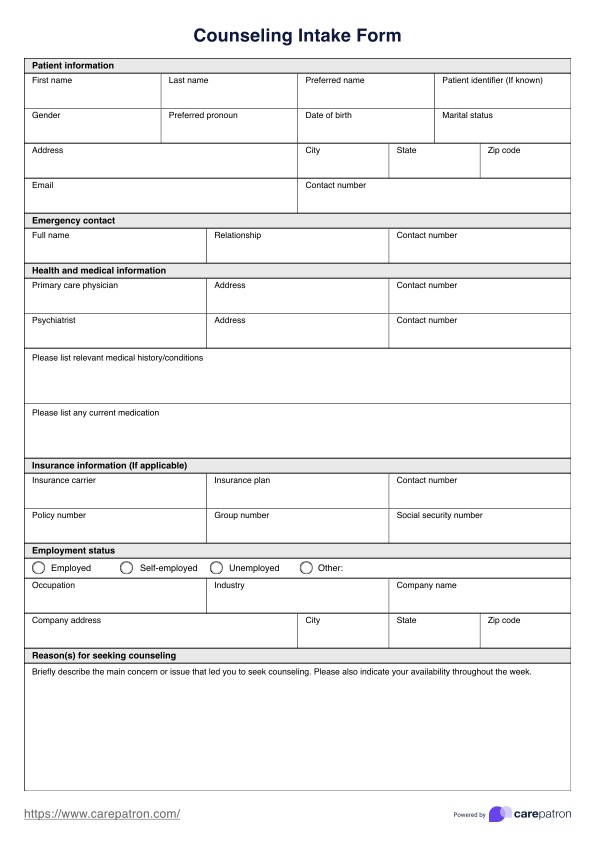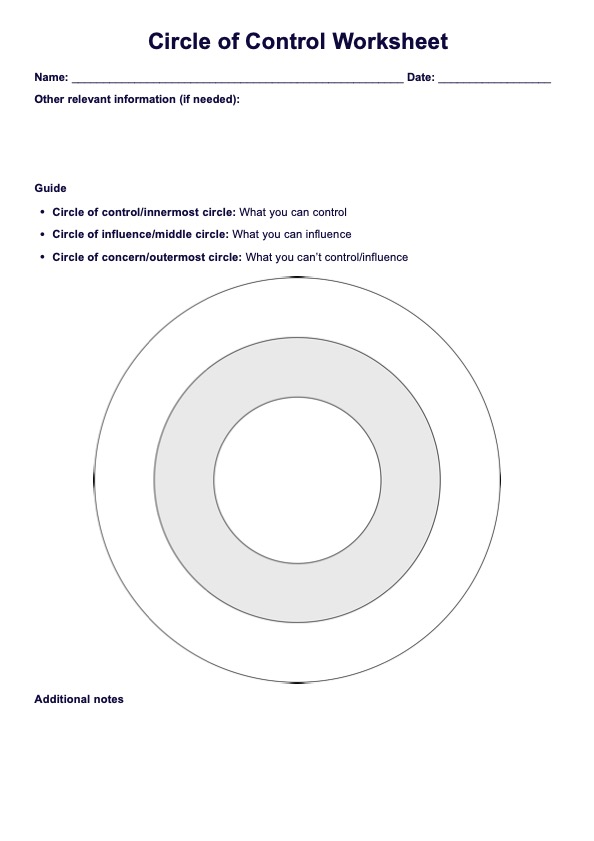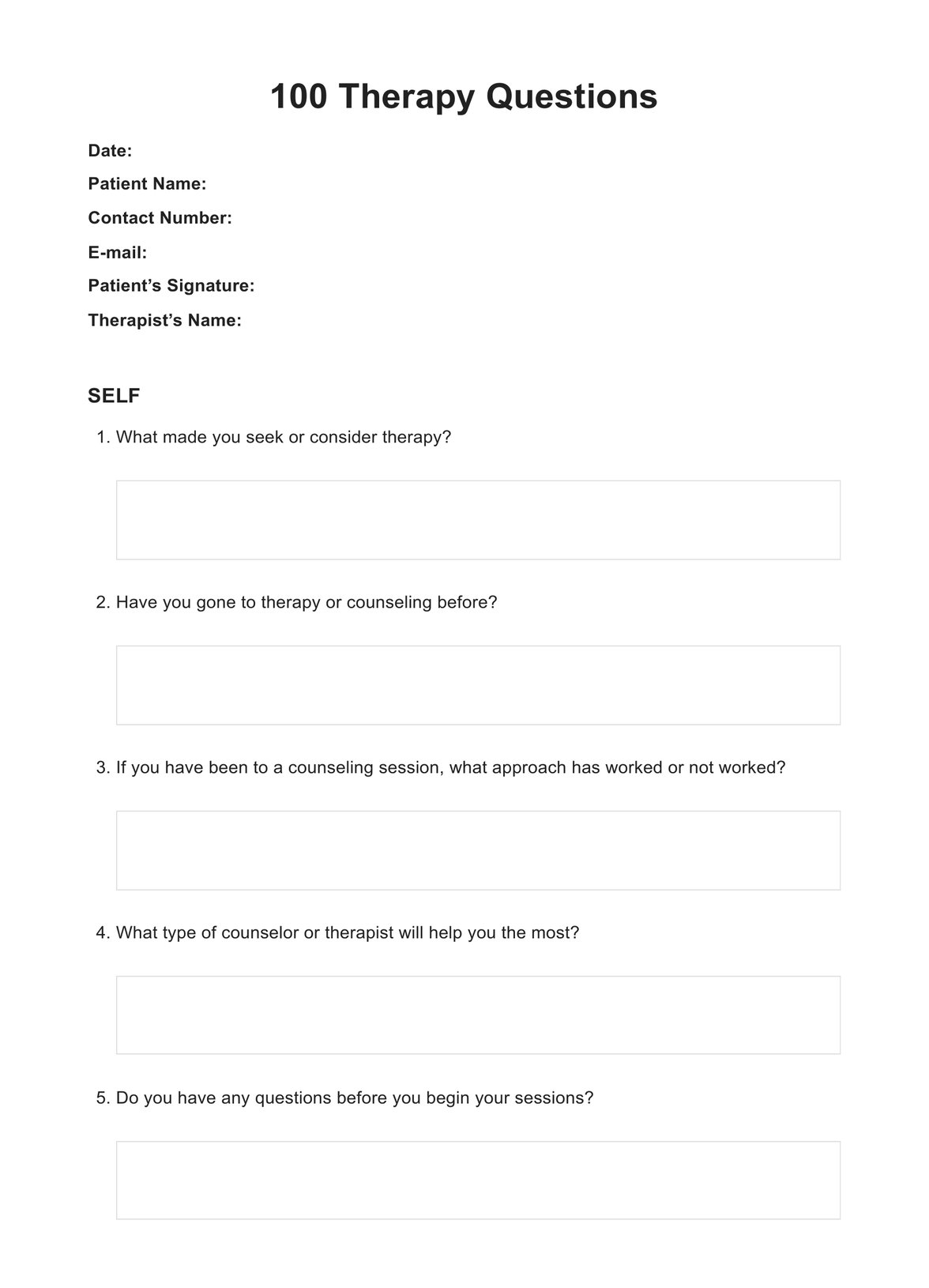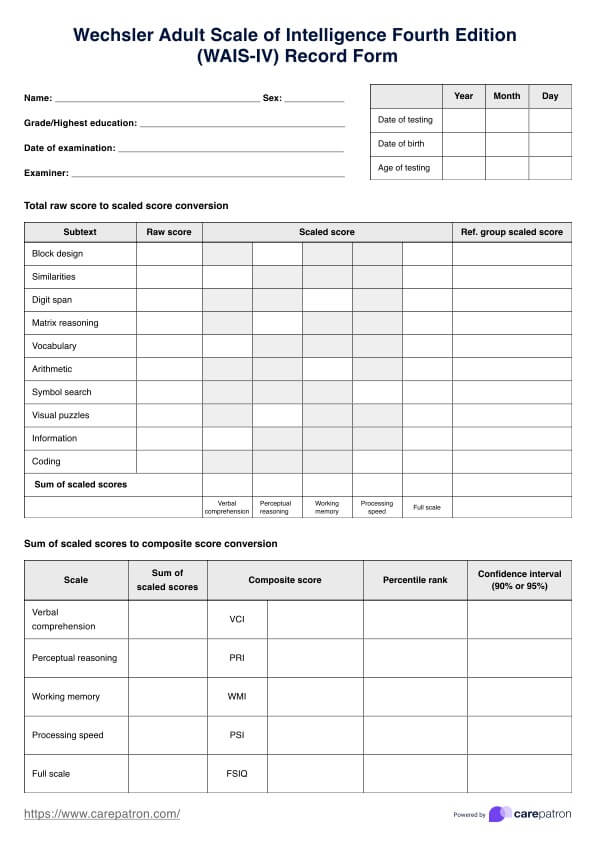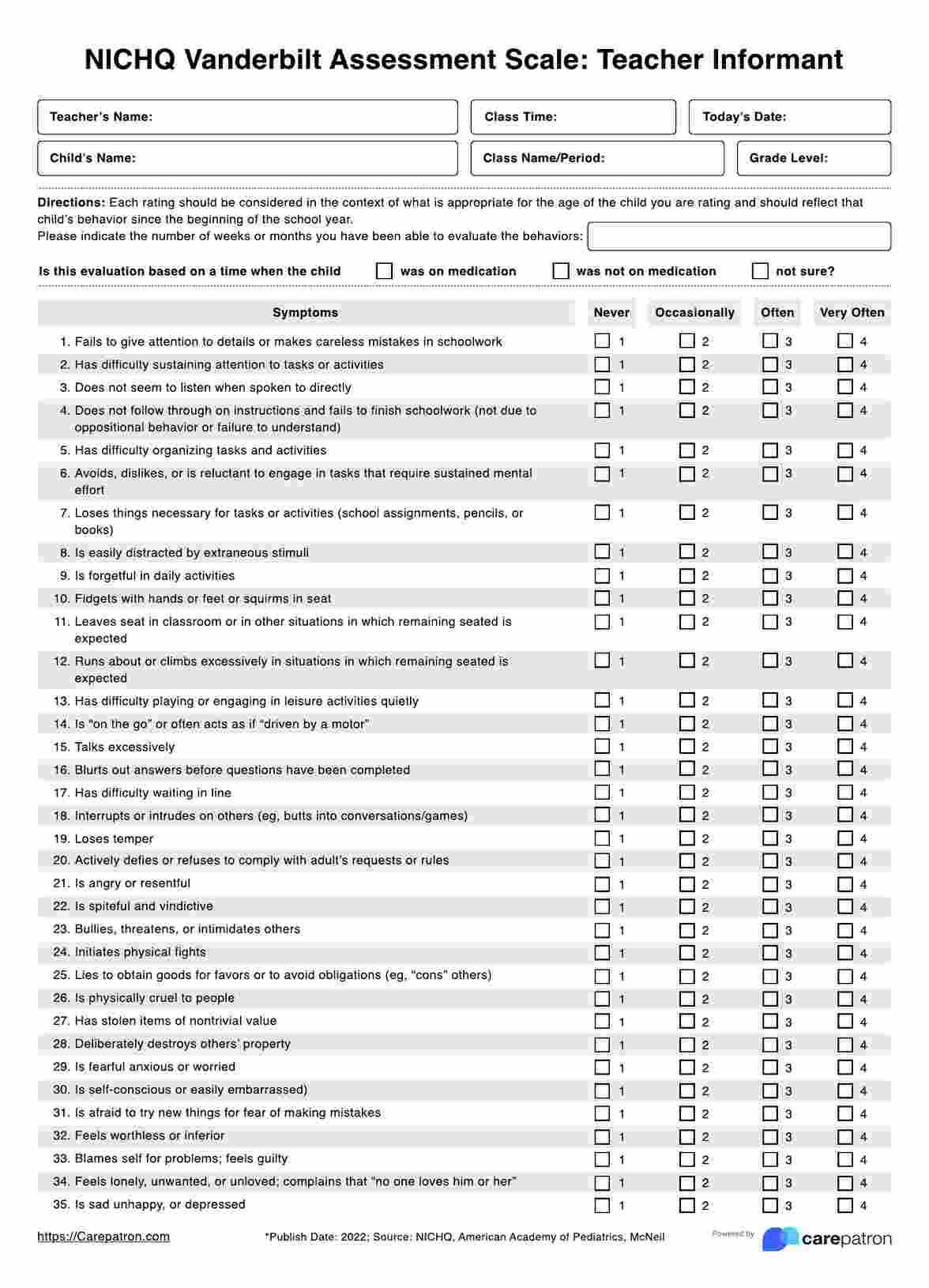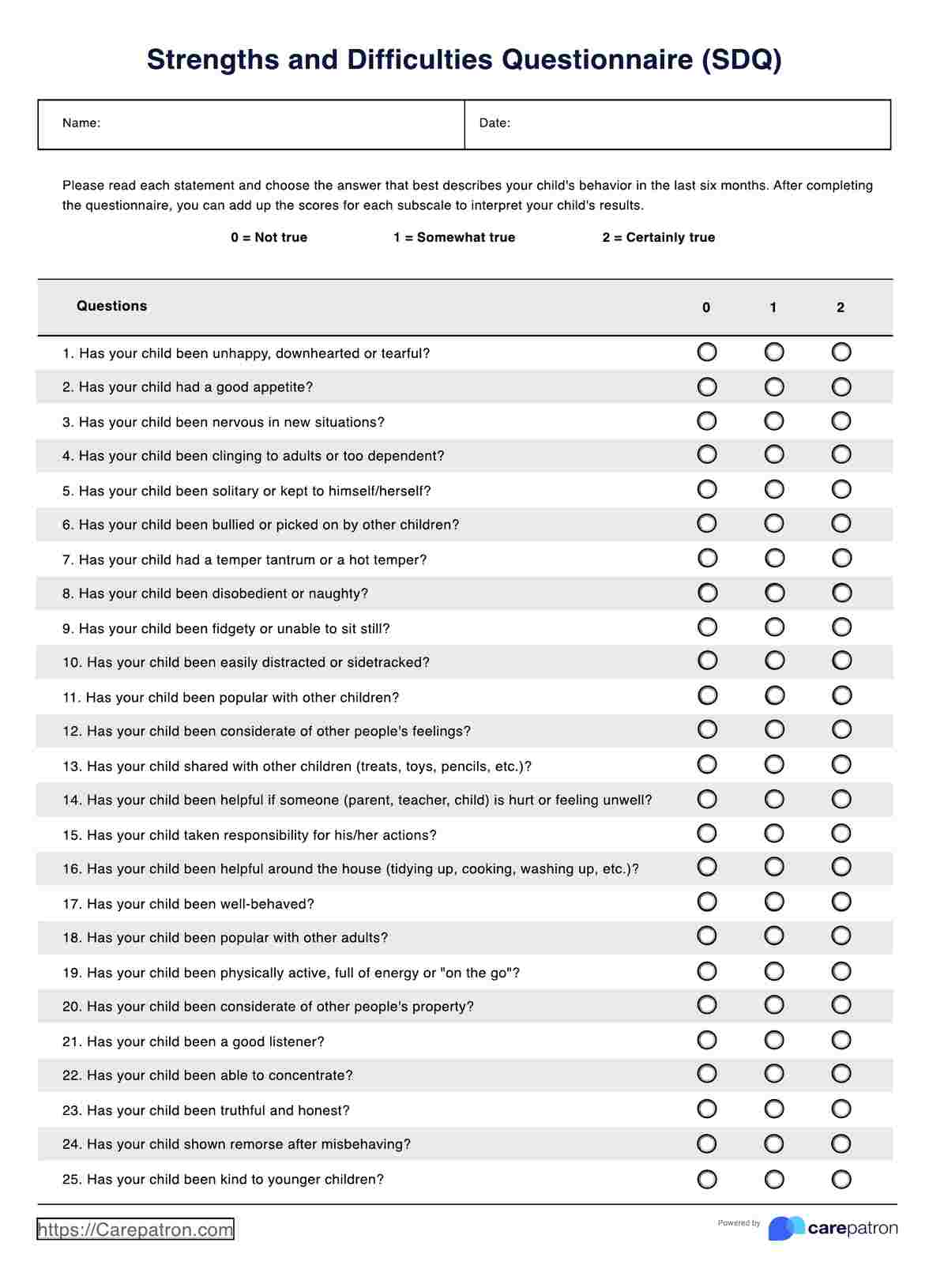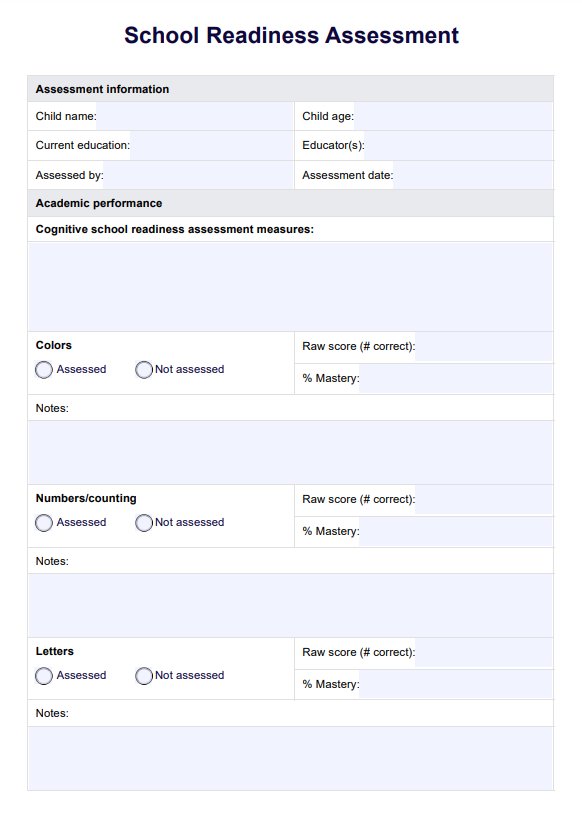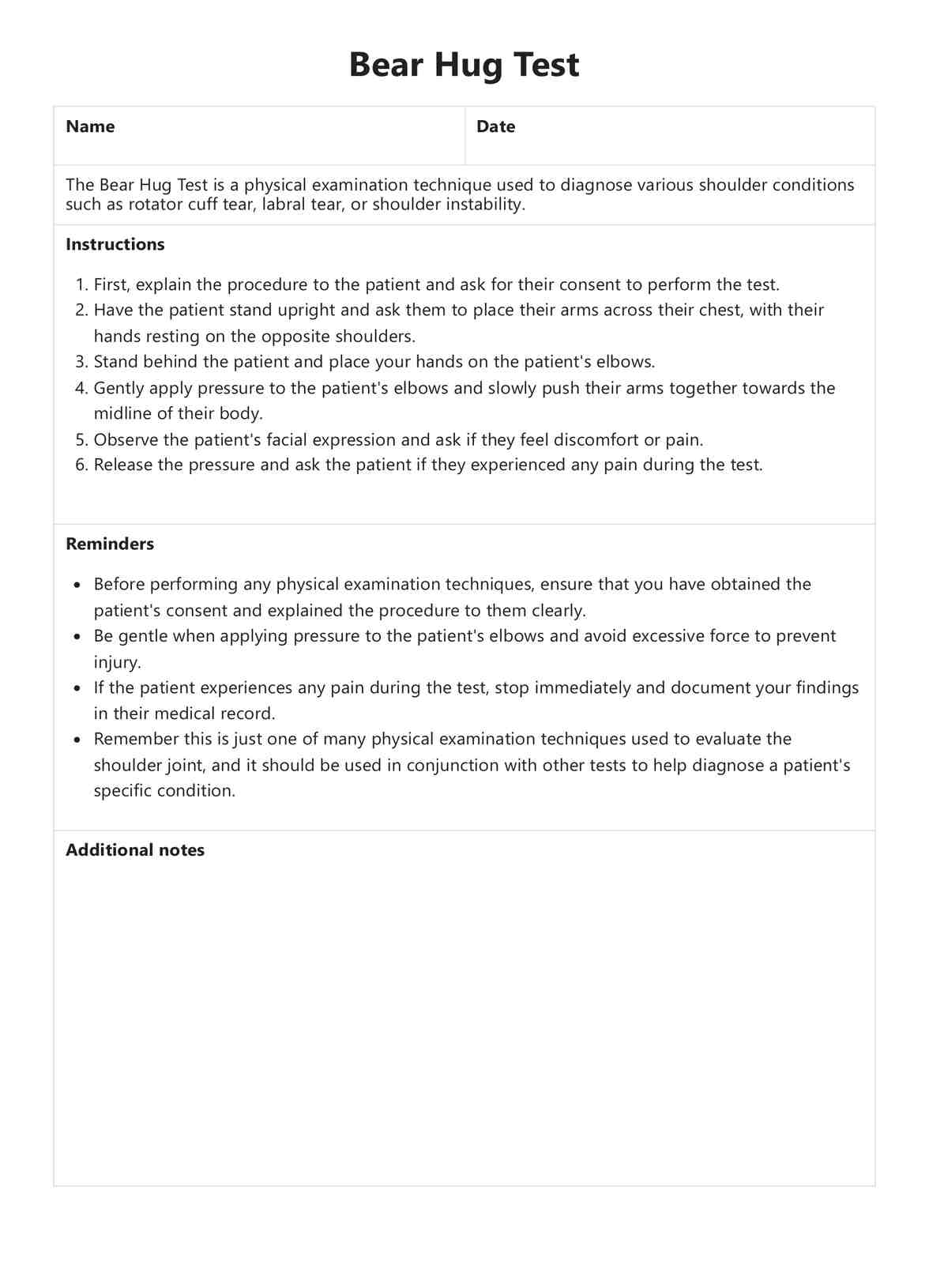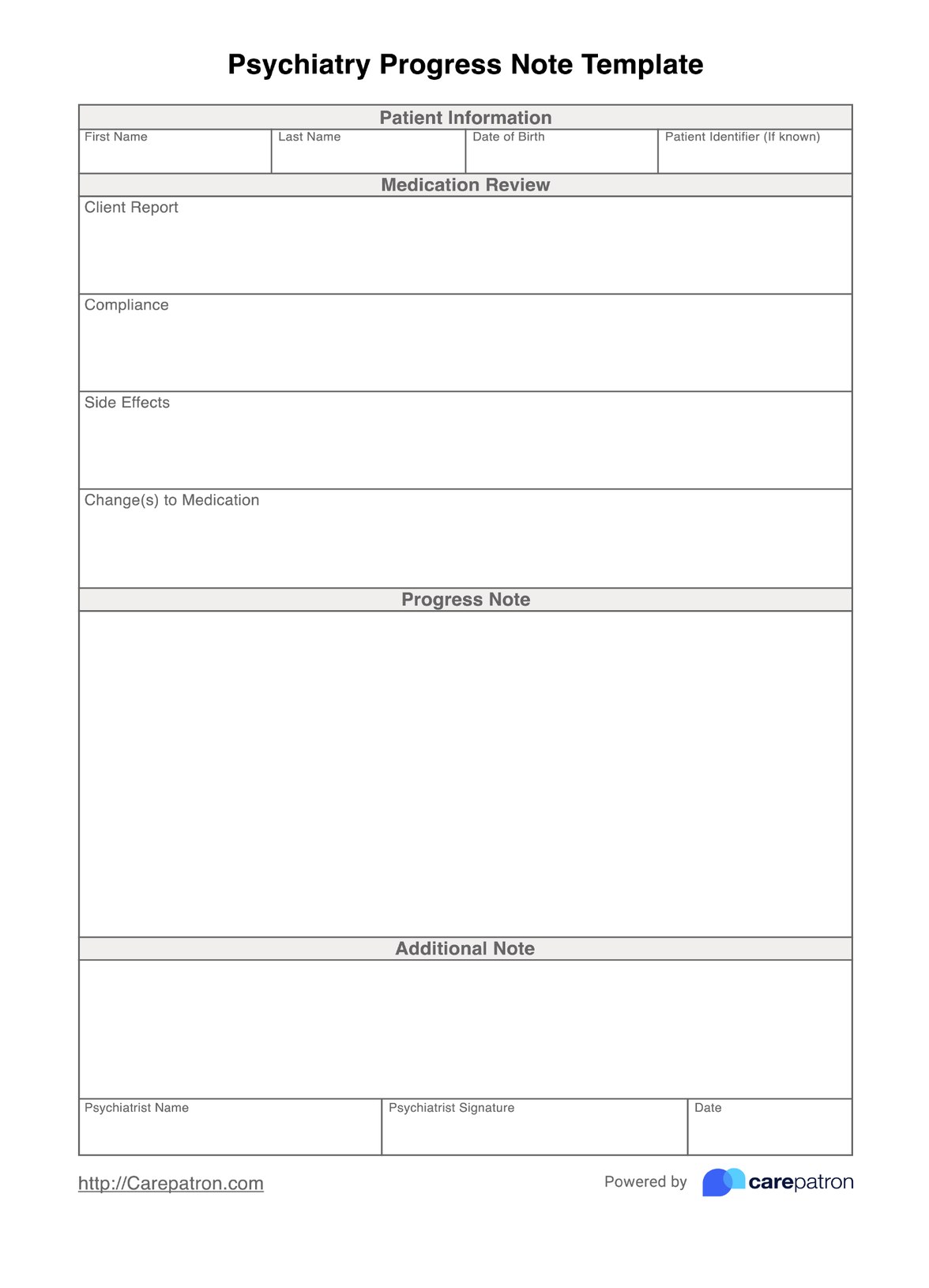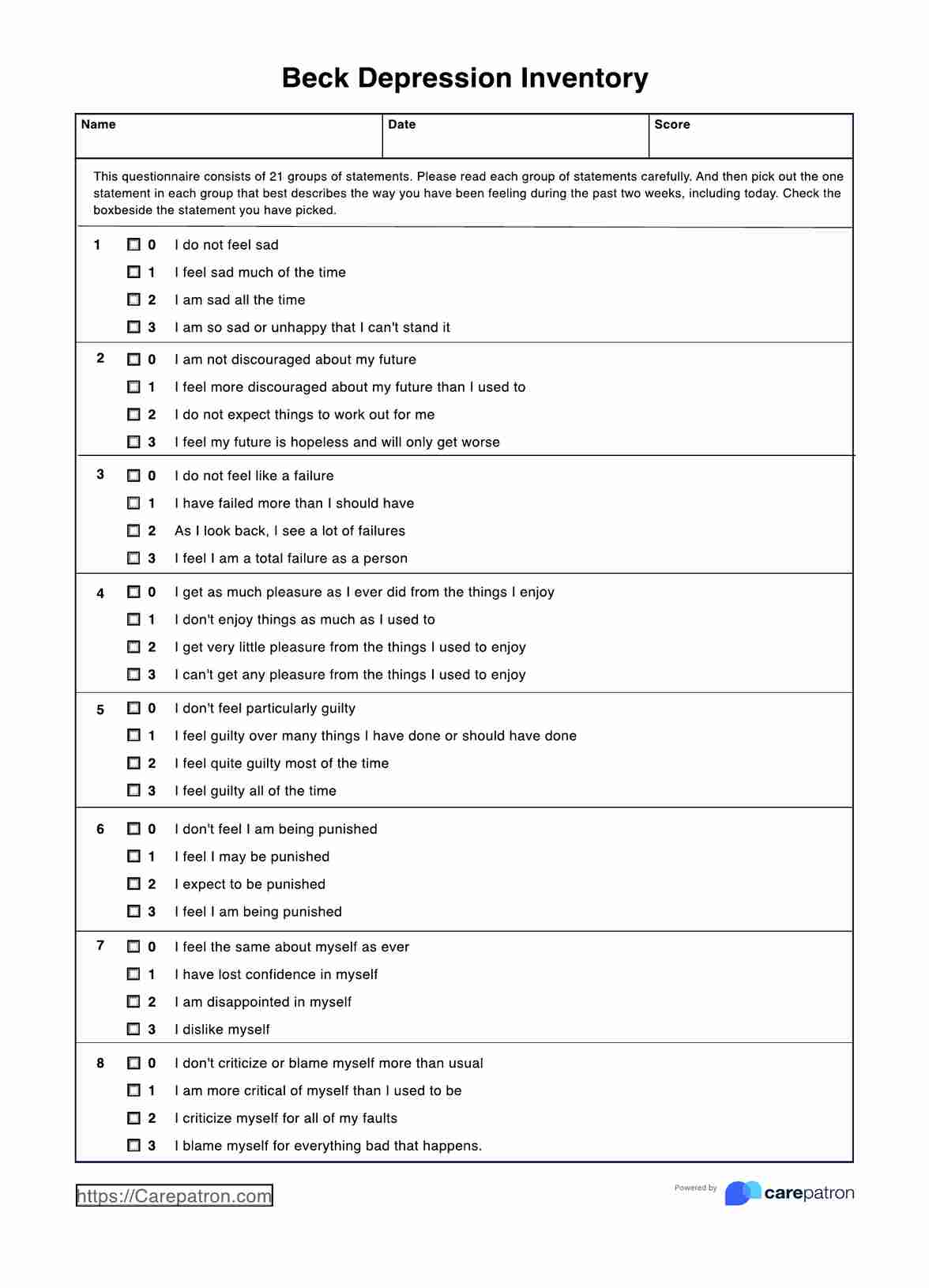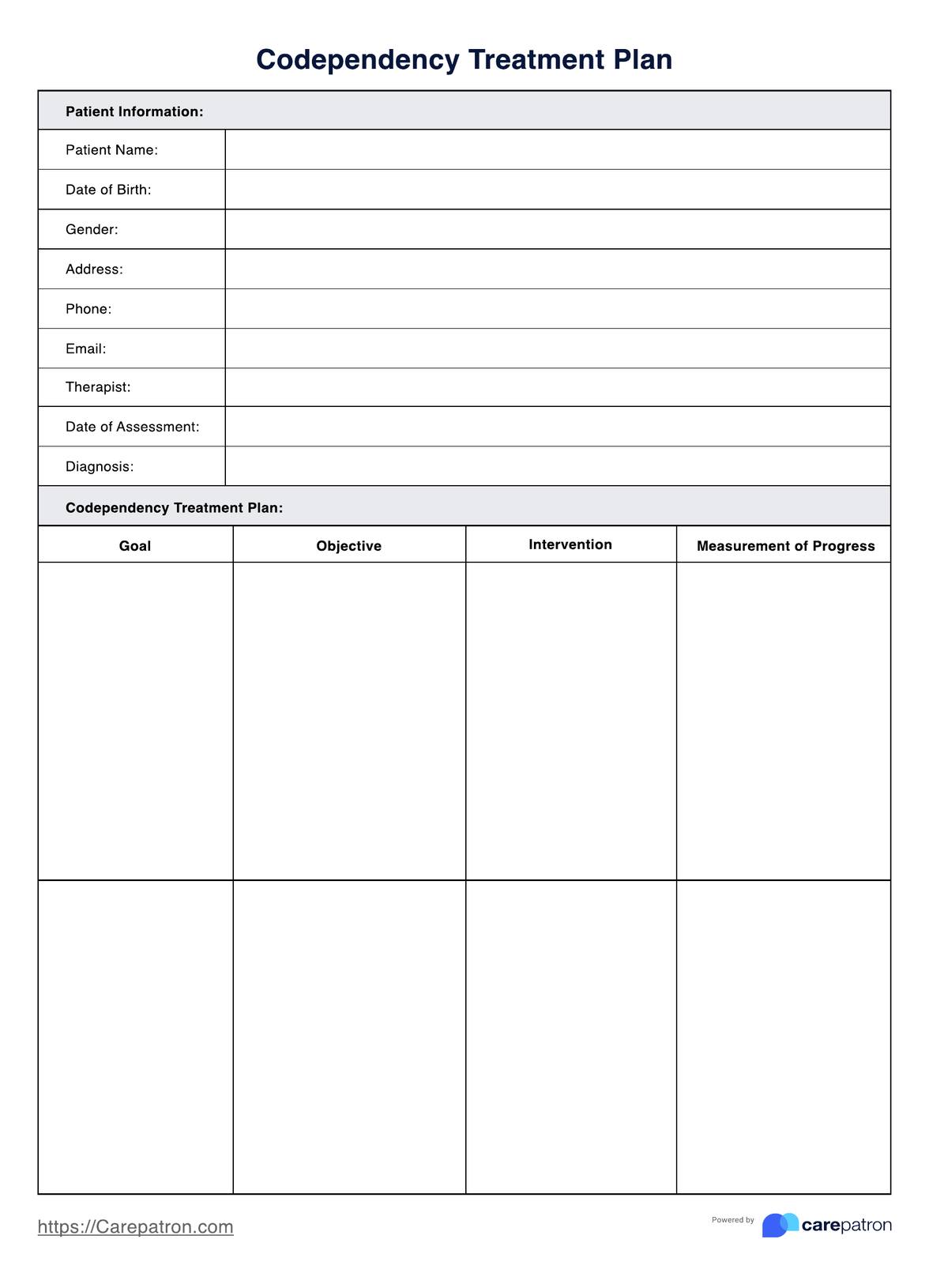IEP Goal Bank
Access our comprehensive IEP Goal Bank; download a free PDF for personalized goal-setting and enhanced student progress.


What is an IEP Goal Bank?
An IEP Goal Bank is a valuable resource in special education. It aids educators in crafting effective individualized education program (IEP) goals for students with diverse learning needs. This comprehensive tool is a repository of pre-written goals and objectives that align with various academic and developmental areas.
The IEP is a critical document in special education outlining the personalized educational plan for students with disabilities, especially those with a learning disability. The IEP Goal Bank streamlines developing specific, measurable, achievable, relevant, and time-bound (SMART) IEP goals. It provides educators, including special education teachers and those involved in IEP writing, with a wealth of options to tailor goals to meet the unique needs of their students.
One of the critical advantages of an IEP Goal Bank is its extensive coverage across different domains, such as reading comprehension, number sense, self-regulation, and more. The bank contains goals for various grade levels, ensuring the objectives align with each student’s skill levels and developmental stages. Whether it's to address word problems, demonstrate an understanding of single-digit or multi-digit numbers, enhance reading comprehension, describe an object with a verbal cue, respond to a word given a verbal prompt, or decrease inappropriate verbal comments, IEP Goal Bank caters to various academic and behavioral objectives.
The IEP Goal Bank facilitates the creation of well-written IEPs by providing a foundation of carefully crafted goals and objectives. This aids educators in adhering to state standards and integrating students with disabilities into the general education curriculum. The bank also promotes monitoring progress throughout the school year, ensuring students progress toward their academic and developmental goals.
During an IEP meeting, the IEP Goal Bank becomes an invaluable resource for collaborative goal-setting. Special education teachers, alongside other stakeholders, can use the bank to select goals specific to a student’s needs and aligned with the overarching objectives of the IEP. The bank saves time and contributes to developing meaningful and targeted goals that foster students’ academic success in special education.
IEP Goal Bank Template
IEP Goal Bank Example
How does it work?
Designed to simplify developing and implementing Individualized Education Program (IEP) goals, our Printable IEP Goal Banks are a priceless tool. To make the most out of your special education initiatives, adhere to these steps:
Step 1: Access the comprehensive free IEP Goal Bank
A special education teacher will initiate the process by accessing the comprehensive IEP Goal Bank, a resource rich in pre-written goals and objectives covering various academic domains and tailored for students with diverse needs.
Step 2: Identify student strengths and needs
Teachers assess the student's strengths and select relevant subjects such as Math, English, and Science, considering the student's current abilities and areas requiring improvement.
Step 3: Choose measurable IEP goals
Informed by the specific needs and strengths, educators choose measurable IEP goals from the bank. To ensure clarity and effectiveness, these goals follow the SMART (Specific, Measurable, Achievable, Relevant, and Time-bound) criteria. However, note that some goals may require students to achieve 80% accuracy to demonstrate proficiency.
Step 4: Customize goals
Educators customize the chosen goals, aligning them with the students’ requirements and ensuring they are tailored to the unique challenges and learning pace.
Step 5: Integrate with the general education curriculum
Selected goals are seamlessly integrated into the general education curriculum, bridging the gap between special and general education. This step ensures that academic goals align with broader educational standards.
Step 6: Collaborate during IEP writing
During IEP writing sessions, special education teachers collaborate with other stakeholders, utilizing the chosen goals as a foundation. The goals become a roadmap for creating a well-written IEP that caters to the student's needs and aligns with academic standards.
Step 7: Formulate and present goals during the IEP meeting
In an IEP meeting, educators present the formulated goals, ensuring consensus among the team. These goals, rooted in the IEP Goal Formula, aim to provide a clear path for the student's academic success.
Step 8: Monitor progress
Post-implementation, educators consistently monitor progress, using benchmarks set by the measurable goals. This step ensures that the student is progressing toward the academic achievements outlined in the IEP.
Step 9: Utilize visual schedules
Visual schedules are integrated into the learning environment to help students comprehend goals and objectives. These schedules visually represent the tasks, fostering understanding and independence.
Step 10: Enhance reading comprehension
For reading comprehension goals, educators employ strategies and resources from the IEP Goal Bank, promoting improvement in the students' ability to understand and analyze written material.
The process involves a systematic and collaborative approach, with the IEP Goal Bank as a cornerstone for developing and implementing effective, measurable, and student-centered goals.
When would you use this form?
The IEP Goal Bank is a versatile resource, aiding teachers, parents, and students in various aspects of the education process, from goal setting and skill development to progress monitoring and future planning. Here are more specific instances:
IEP creation process
The IEP Goal Bank is most appropriately used during the IEP creation process. Special education teachers can leverage the pre-written goals and objectives to write individualized plans that efficiently cater to each student's unique needs. This ensures a streamlined and focused approach, saving time and providing a standardized yet customizable framework for goal-setting.
Assessing student understanding
When educators need to assess a student's understanding of specific concepts or skills, the IEP Goal Bank becomes a valuable resource. By finding IEP goals aligned with the subject or skill in question, teachers can create targeted assessments to gauge the student's comprehension and progress.
Supporting skill development
The IEP Goal Bank is instrumental in supporting skill development. Teachers can identify relevant goals to reinforce specific skills or address areas where a student may need additional support. This ensures that the student receives tailored interventions to succeed academically.
Grade-level skill attainment
The IEP Goal Bank is also valuable for determining grade-level skill attainment. Teachers can find goals that align with the academic expectations for a specific grade, facilitating the creation of IEPs that support the student in achieving grade-appropriate milestones.
Addressing specific content areas
Educators can use the IEP Goal Bank to address specific content areas like math or reading. Goals can also address social and life skills, including managing expected vs. unexpected behavior in different settings. By selecting goals tailored to these subjects, teachers can create targeted interventions and strategies to enhance students' understanding and proficiency.
Benefits
The IEP Goal Bank brings efficiency, precision, and consistency to the goal-setting process, ensuring educators can easily create SMART goals aligned with state standards for specific skills. This resource significantly contributes to student-centered outcomes and supports the principles of special education. Here is the list of its benefits:
Efficiency in goal writing
The IEP Goal Bank expedites the goal-writing process, offering a wealth of pre-written goals and objectives. This ensures that educators can efficiently create individualized plans without spending excessive time on formulation.
Alignment with SMART criteria
The goals provided in the IEP Goal Bank are inherently aligned with the SMART (Specific, Measurable, Achievable, Relevant, and Time-bound) criteria. This ensures that each goal is clear, measurable, and realistic, enhancing their effectiveness in guiding student progress.
Consistency with state standards
The goals and objectives in the IEP Goal Bank align with state standards, ensuring that the academic targets set for students are in harmony with broader educational expectations. This consistency aids in preparing students for success within the state's educational framework.
Commonly asked questions
IEP Goal Banks are utilized by educators, special education professionals, therapists, and administrators involved in developing Individualized Education Programs (IEPs) for students with disabilities.
It is mostly used when developing, reviewing, and updating Individualized Education Programs (IEPs) for students with disabilities.
Professionals choose relevant goals from the bank, customize them, incorporate them into the IEP, monitor progress, collaborate with the team, and evaluate effectiveness, streamlining the process and ensuring personalized educational plans.


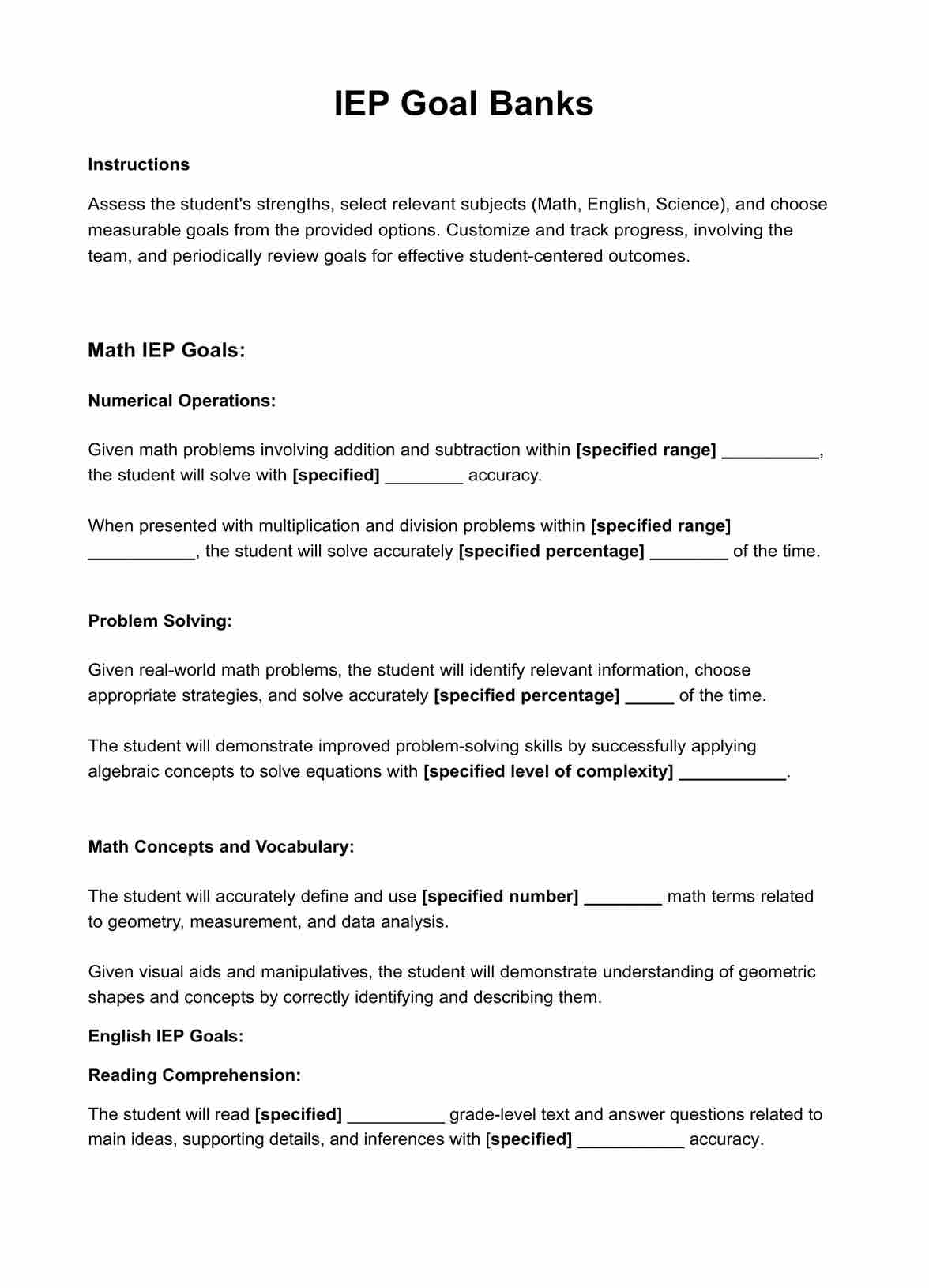
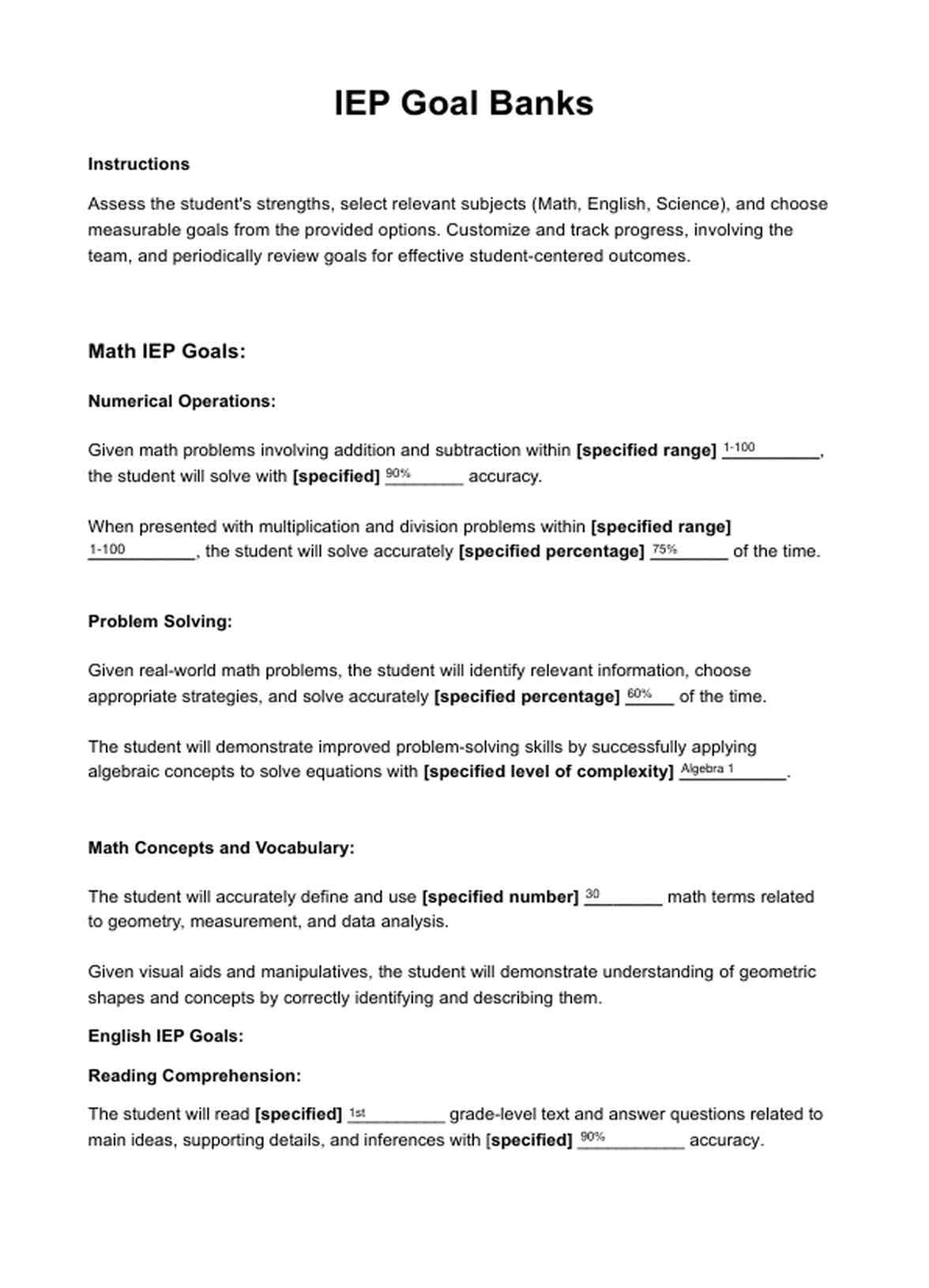


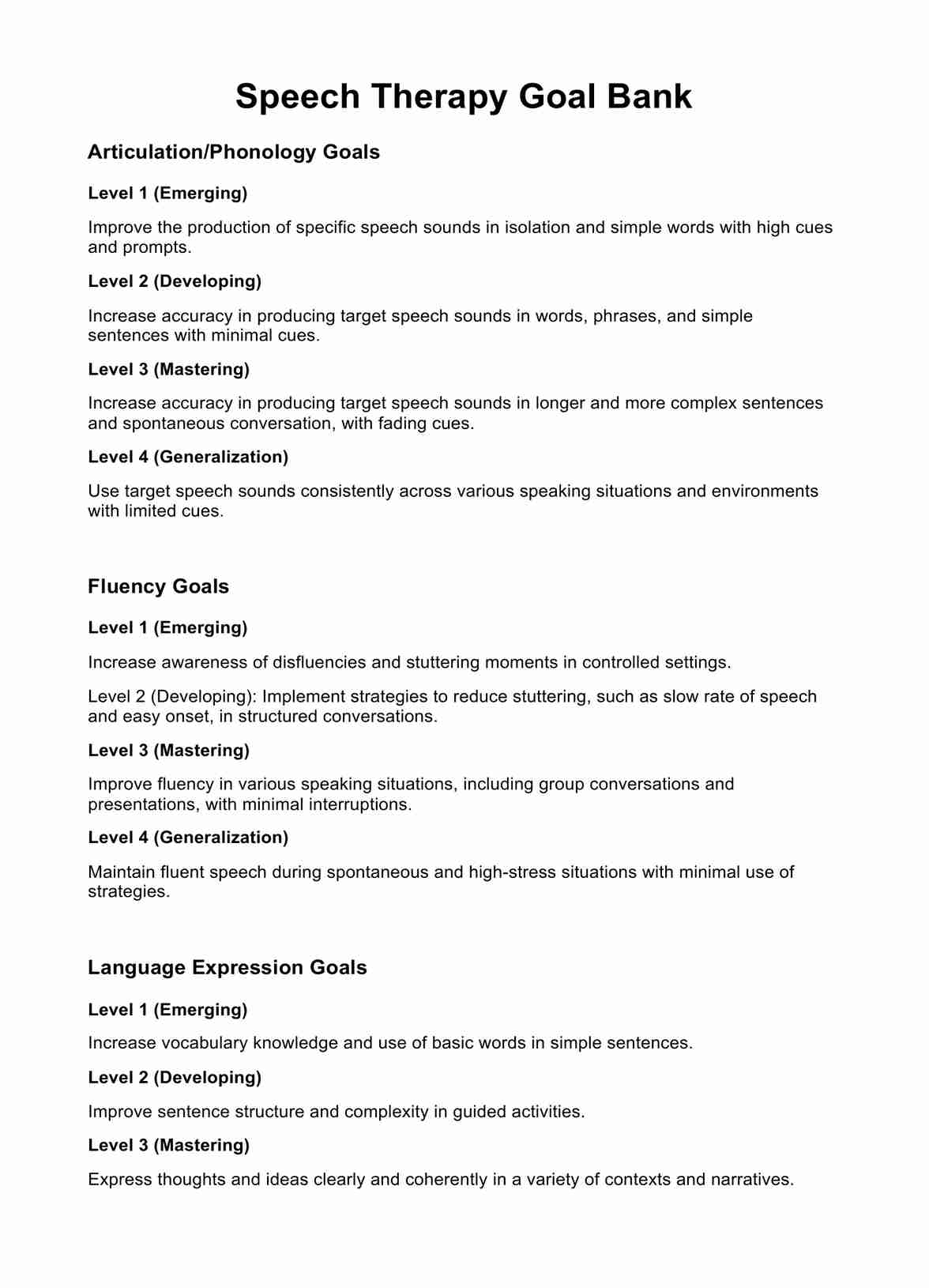













-template.jpg)






















































































